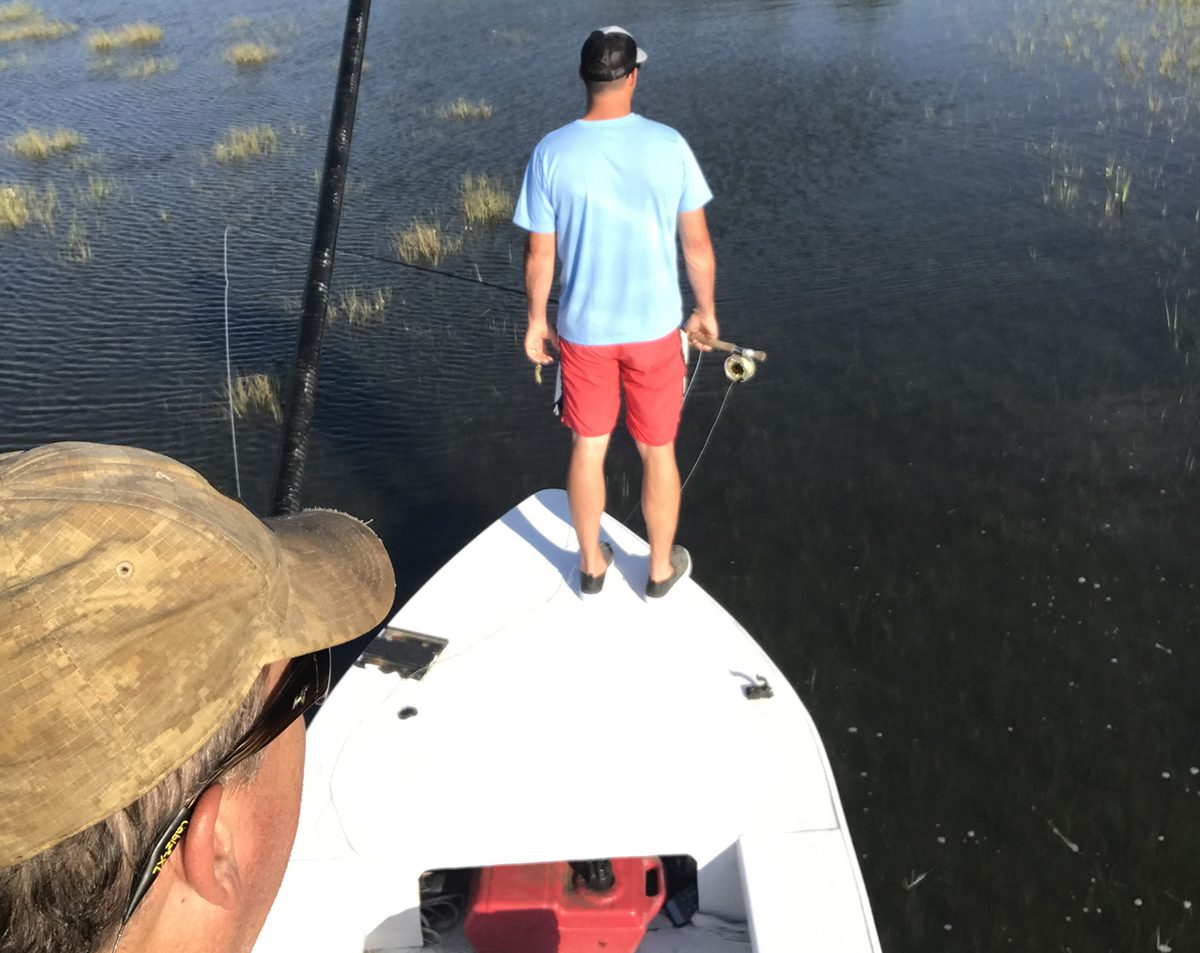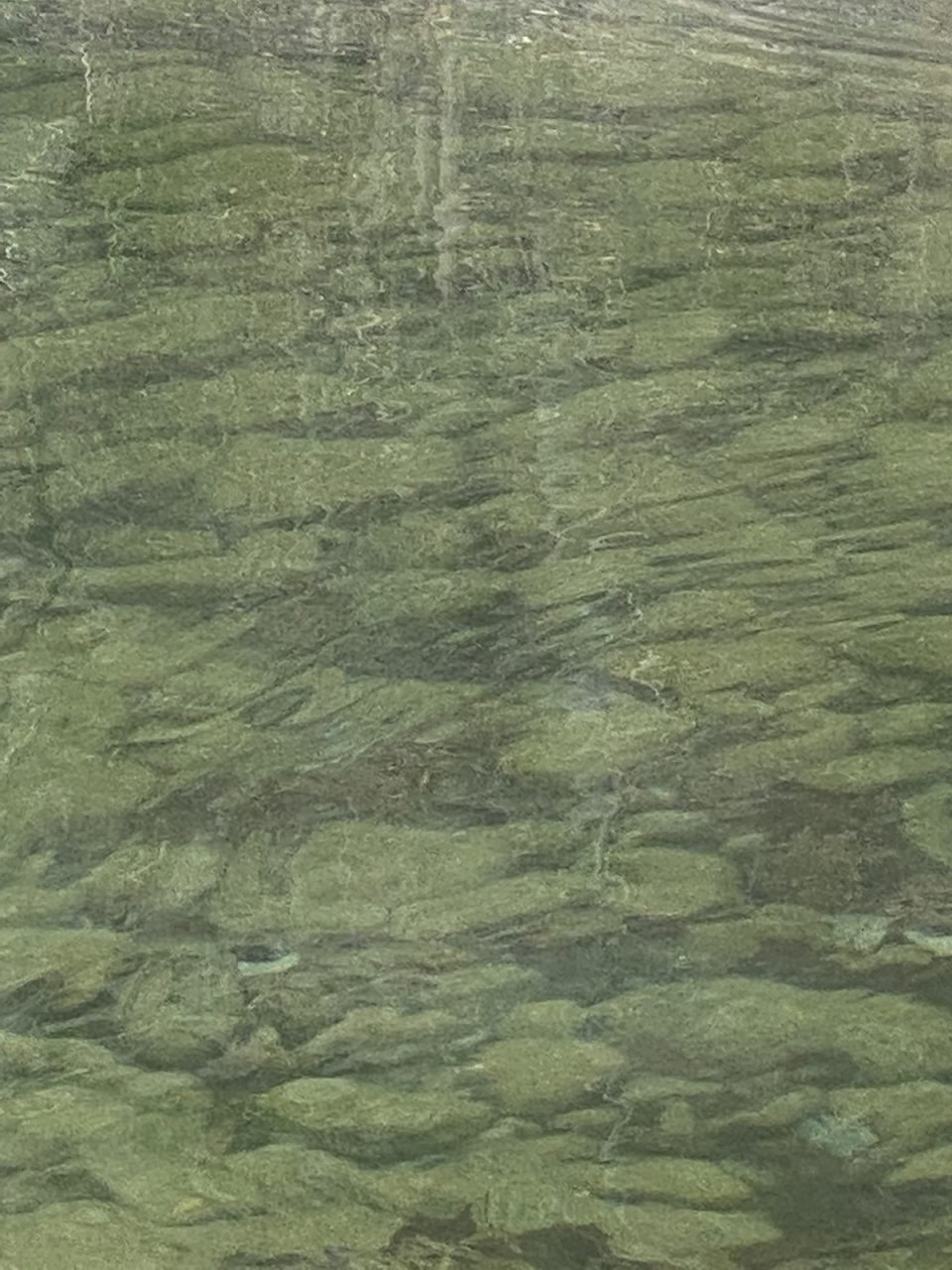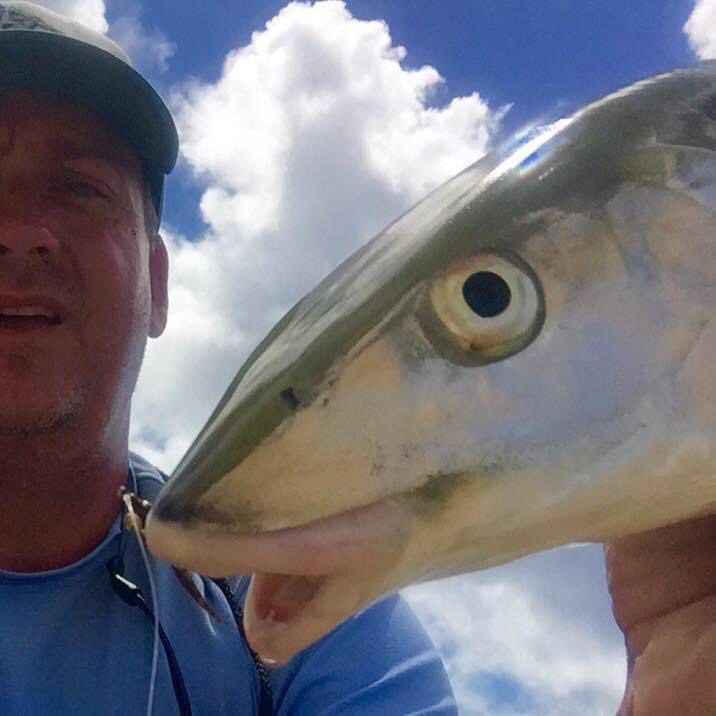
It happens all the time. An angler will be fishing some nice clear water, and a fish will swim to within 15 feet, the angler will never see the fish, and at the last second, the fish will bolt.
This will produce a big splash, a puff of mud, and a confused look on the face of the angler, who will likely say something like, “I never even saw that fish.”
Supporter Spotlight
Chances are at some point he looked right at it and never recognized it. Either he could not discern what he saw, didn’t realize it was something more than a log, or just as typically, he didn’t have the right gear to help him pick it out through all the obstacles that prevent fish from being seen in the first place.
Let’s talk about the gear, the obstacles, and how to put them together to help us see what’s right there. Remember that, as Henry David Thoreau told us, “It’s not what you look at that matters, it’s what you see.”
You hear people use the word “literally” quite a bit when they are speaking in figurative terms:
“He literally threw me under the bus.”
“I was literally over the moon about my new girlfriend.”
Supporter Spotlight
But believe this, I literally will not go fishing anywhere, at any time, for any kind of fish without a pair of polarized sunglasses. They not only keep the sun out of your eyes, but also hooks’ points, branches, bugs, and — most importantly of all — they help you see into the water.

I have stood on a fishing pier and watched as a school of speckled trout moved into the beach on a sunny day with a rising tide and pointed them out to people who could not see anything until I caught one. Then all they wanted to know was what I caught them on without even noticing that I was casting to a huge school of fish.
With the right sunglasses they would have seen them.
None of them possessed a pair, and none of them caught a trout either.
There is always a glare on the surface that prevents you from seeing what’s on the bottom. Fine if you are after flying fish, I guess, but most fish are on the bottom, or close to it, most of the time. Without a pair of polarized lenses in front of your eyes, you will never know what’s out there.
I have found that the sunglasses you buy at the beach store are not worth the $20. I prefer the higher-end brands that are sold at fishing pro shops. They’re a little pricy, but you’ll have them a long time and they do the job a lot better.
My favorite are the brownish-colored lenses for my fishing inshore and in freshwater. The gray lenses are supposed to be better for offshore work, but I feel like I’m seeing things as well as I need to.
The most common occurrence is to not see fish that are right there. Another is to see things that are not fish at all. Seaweed swaying in the current, logs, practically anything that you might find in the water has been mistaken for a fish.
The primary thing you will notice, almost 100% of the time, is that a fish will be moving and going somewhere. There are instances here and there where they will hold in a current, but even then, you will most likely see them sway back and forth as they check out food items or just ride the current looking for the best seam to sit in.
When you spot the fish, you then want to catch that fish. Right? I mean that’s what we’re here for.
First thing to remember is not to take your eyes off after spotting. It will simply go away. I don’t know how, but they just disappear. Lock on. Now, get ready to cast.
You should already have made sure your tackle was all in order. If spin fishing, have the bail open and the line resting on your finger ready to go. When fly fishing, make sure you’re not standing on the line, hold your fly in your non-casting hand, then flip it out before you start your back cast. Don’t make a lot of weird movements with your rod tip, that will cause it to get tangled.
Pick a spot in front of the fish. Don’t cast right at it. They don’t like it when stuff lands on top of them. Figure the average size of the fish you are targeting. Trout, red drum, bonefish, things like that, about 2 feet long or so. Tarpon, permit are probably going to be longer. Then double that distance from where you see the fish.
Different circumstances may have you extend the distance of your lead. Bonefish are notoriously spooky and may need a 10- to 12-foot lead.
I cast 10 feet in front of a giant speckled trout in Mosquito Lagoon that spooked while the line was in the air.

The situation should dictate your choices. Have your cast land beyond the line the fish is traveling and retrieve so it will coincide with the business end. If your target changes direction, don’t snatch back and recast, wait until it is clear then recast. Keep your cast low and be aware of wind direction.
I was once standing on a flat in front of multi-million-dollar homes in Honolulu and watched as a beautiful 6-pound bonefish worked its way down the sand in front of me and gazed in awe as it came to my fly and sucked it down.
Later that same day a group of 10-pound-plus bonefish wended their way towards me. I made a perfect cast and watched as the biggest one peeled off and came right to my fly, only to break my heart as it turned up at the last second and peeled off.
Heartbreaking. I can still see it.
That’s the true treasure of being able to see the fish you’re pursuing — moments that make your heart race and stick in your vision forever. When you get to the point that you’re seeing everything you’re looking at, then you will find that the way becomes clear.







